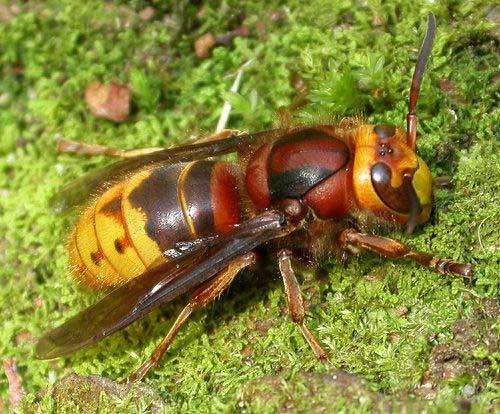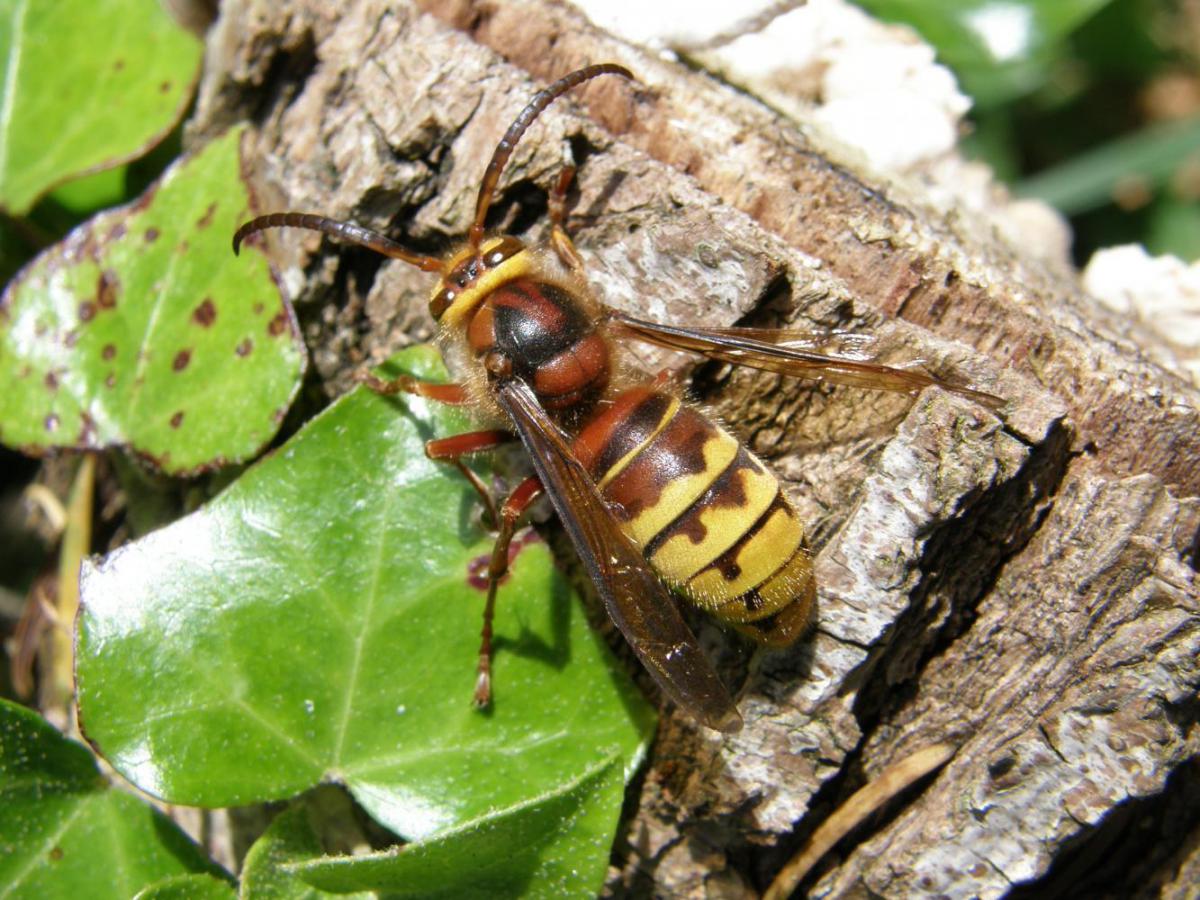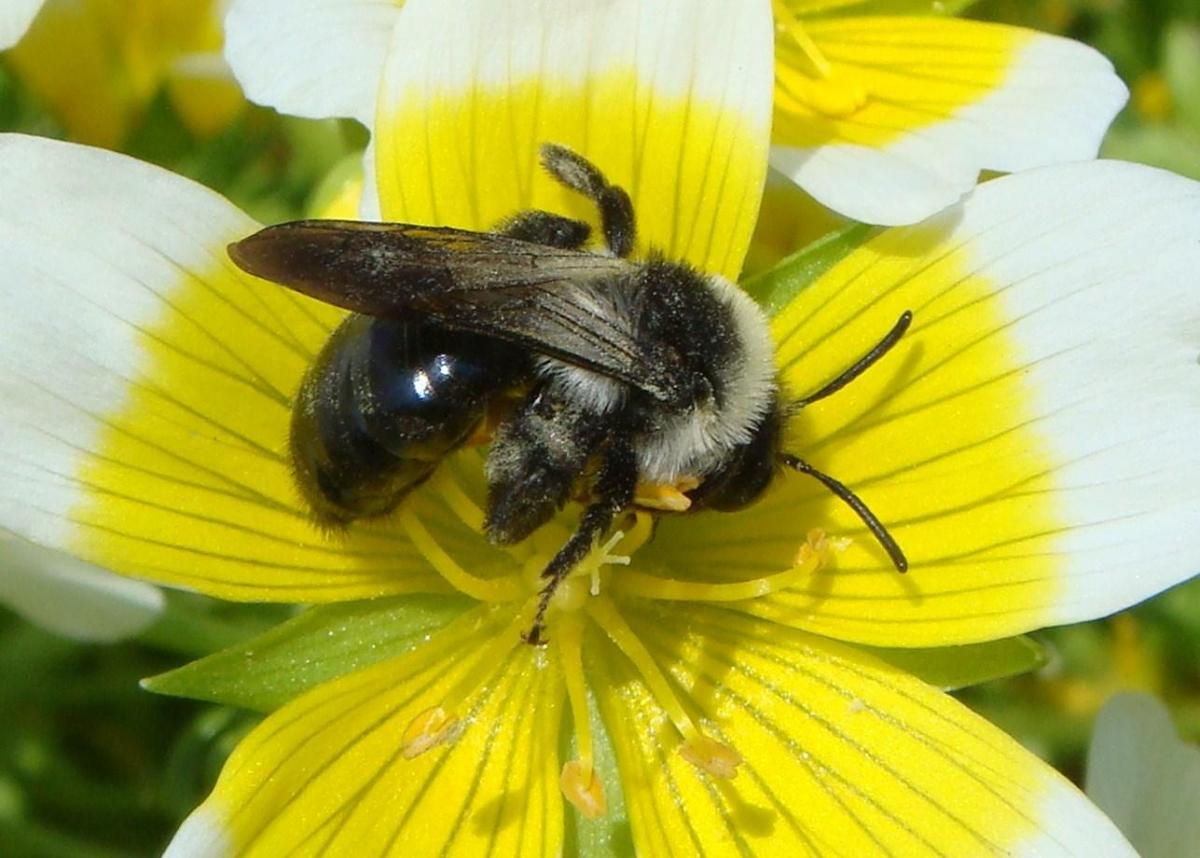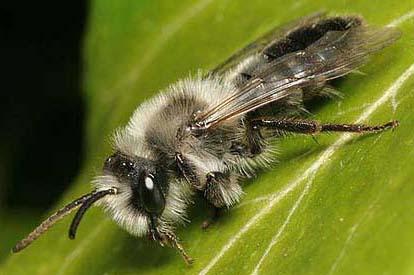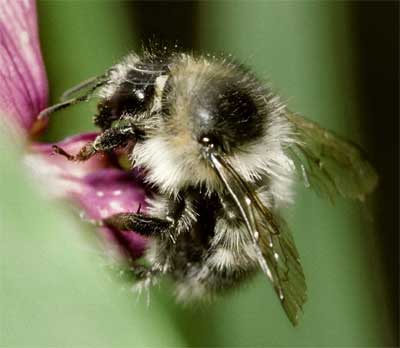Submit a sighting of Bombus hypnorum (tree bee)
Reporting your sightings of Bombus hypnorum
BWARS is continuing its long-term mapping project in 2017, in which we are plotting and monitoring the spread of Bombus hypnorum in Britain.
If you have any records of this spectacular, and distinctively marked bumblebee, please submit the full details via this online recording platform. There is a facility for uploading photographs to support records if you have them. Please use the boxes below to provide information on numbers, sexes, flower visitation, behaviour and nest sites, and include any additional information in the "Comment" section.


